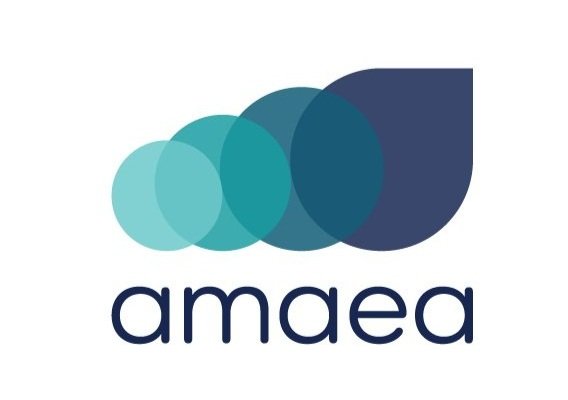What are MIPs?
Used to balance and remediate the sensory profile of beverages, our molecularly imprinted polymers (MIPs) are a smart filtration media, uniquely designed to selectively capture target molecules from liquids.
For every gram of MIPs there are approximately a quintillion (10^18) binding sites designed to precisely fit and capture target molecules during filtration. The polarity of the MIP also assists in capturing the target molecules. The selective process helps to preserve the integrity of the product, providing an elevation in consumer-level quality.
Tailored sensory
The targeted nature of the MIP captures what is needed, while leaving desirable compounds in place. This enables you to be more precise when balancing, remediating and concentrating products.
Adjustable dose and flow rates helps determine the level of capture, enabling treatments to be tailored to achieve desired sensory outcomes.
MIP design
Target molecules identified
MIP designed to capture target molecules
Highly targeted filtration
Low impact
Our MIPs are regenerable and as many of our applications replace single-use additives and processes which require high volumes of consumables, our MIPs help to significantly reduce waste streams.
How are MIPs used?
Using amaea’s MIP technology you can remediate contaminants, balance flavors and aromas, concentrate high value compounds or stabilize products. Examples of use include:
remediate
Remove the undesirable smoke markers found in smoke impacted wine, while retaining the wine’s varietal body and character.
balance
Balance and fine-tune the sensory profile of your wine, without needing to use single-use fining agents.
stabilize
Ensure your products can maintain its quality in market.
concentrate
Sweeten the taste profile of high citric acid products without the use of sugar or sweeteners.
Who can use MIPs?
MIPs can be used by several different industries for a range of applications. We are currently focused on developing a portfolio of solutions for the beverage industries and are continually releasing new solutions to market. Visit our industry pages to find out more.














